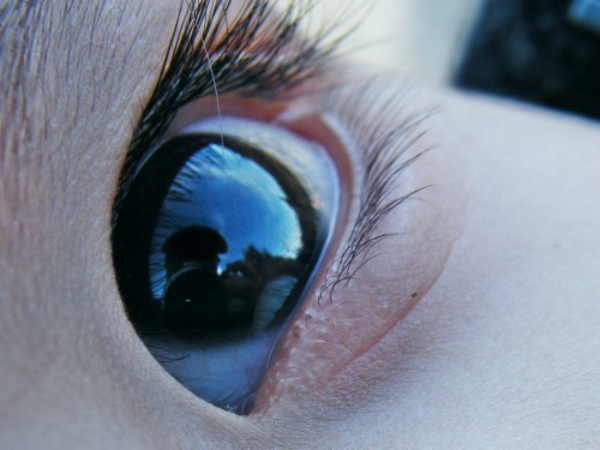
Glaucoma is a severe disorder of the eyes which is caused by irreversible damage to the optic nerve and leads to loss of vision. The optic nerve is the major nerve which transmits photon centric information to the brain which in turn provides the sensation of vision which helps us to see and decipher images. Due to certain findings, it is often said that glaucoma occurs as a result of high pressure in the eye, or intraocular pressure; but this may not always be true as glaucoma might affect people with normal intraocular pressure too. It has been estimated through extensive research that glaucoma is the third leading cause of blindness in India, with a population share of 2 to 13 percent being affected. It is worthy to mention that glaucoma can affect any gender of any age group; thus, not being limited to any specific target group.
Broadly, there are four different kinds of Glaucoma which are Open Angle Glaucoma (Chronic), Angle Closure Glaucoma (Acute), Congenital Glaucoma, and Secondary Glaucoma.
Causes
1. High ocular pressure
The incidence of high ocular pressure is one of the main causes of glaucoma. The front portion of the eye is dominantly occupied with a liquid which is called aqueous humor that is produced continuously from the back of the eye and this liquid exits from the eyes at frequent intervals in the form of secretions. Any kind of disruption that may hamper the secretion of the liquid from the eye raises the pressure within the eye and causes more burden on the optic nerve.
2. Risk factors
Along with the main cause for glaucoma, the risk factors are also major contributors in the development of this condition. The various risk factors affect more in people who are 45 years and above, have heredity or family history, diabetes, myopia or near sightedness, hyperopia or far sightedness, injury to eye of any form, steroid usage in eye to treat other diseases.
Symptoms
Although the ultimate end stage of all types of glaucoma is blindness, the symptoms for these are vastly different. Here are the distinguished symptoms:
1. Open Angle Glaucoma
Usually there is gradual loss of vision with no significant symptoms. Tunnel vision or gradual loss of vision occurs and affected in both eyes simultaneously.
2. Angle Closure Glaucoma
Patients have severe eye pain and blurry vision along with acute headache, nausea, vomiting, redness of eyes with swelling.
It is always advisable to visit a doctor if two or more of the above symptoms are noted or felt. Any kind of delay in the diagnosis process may lead to further complications with deferred treatment.
Diagnosis
In the typical cases of glaucoma diagnosis, a Dilated Eye Test is performed by administering pupil dilators following which the pupils are examined thoroughly for the pupil reflexes.
The other diagnostic tests also include measuring the intraocular eye pressure with the help of Tonometric tests, Gonioscopy where the eye fluid exit channel is examined, graphic imagery of the optic nerve to examine the extent of damage caused to the nerve, lamp test to measure the vision along with vision field examination to estimate the damage caused to the field of vision.
Treatment
The type and kind of treatment is determined by the kind and degree of glaucoma prevailing. In cases of open angle glaucoma, initially eye drops are prescribed which do not have many side effects. There might be a combination of eye drops prescribed in order to control the glaucoma and stabilize the vision. However, there are cases where eye drops are not sufficient and laser operations need to be performed which are generally painless and very quick.
On the other hand, for angle closure glaucoma, the treatment usually calls for emergency and drastic measures such as administration of strong eye drops, medicines and/or pills that may need to be given intravenously to immediately bring about stabilization of the eye pressure. If these measures do not bring about desired results, emergency surgery is advised by doctors, called iridotomy which opens up new channels for the pressure to be lowered by channelizing the accumulated aqueous humor.
Another common surgery that is done to treat glaucoma is known as Trabeculectomy where a layer is surgically scraped off from the trabecular wall of the eye to drain out the excess fluid and lower the ocular pressure.
Prevention
Even with all the medical advances in modern times, there are no preventive measures for glaucoma as it is a very gradual process and the identification of the symptoms are essential for the correct diagnosis and treatment. Thus, the symptoms such as headache, eye pain, blurred vision should be taken seriously and further investigations should be carried on to prevent any loss of vision.
Glaucoma is posing to be the most common reason for blindness without any preventive measures. It is important to be educated about the disease so that the ratios and proportions of populations falling prey to glaucoma can be controlled. Being alert is the only way out in the case of glaucoma.




